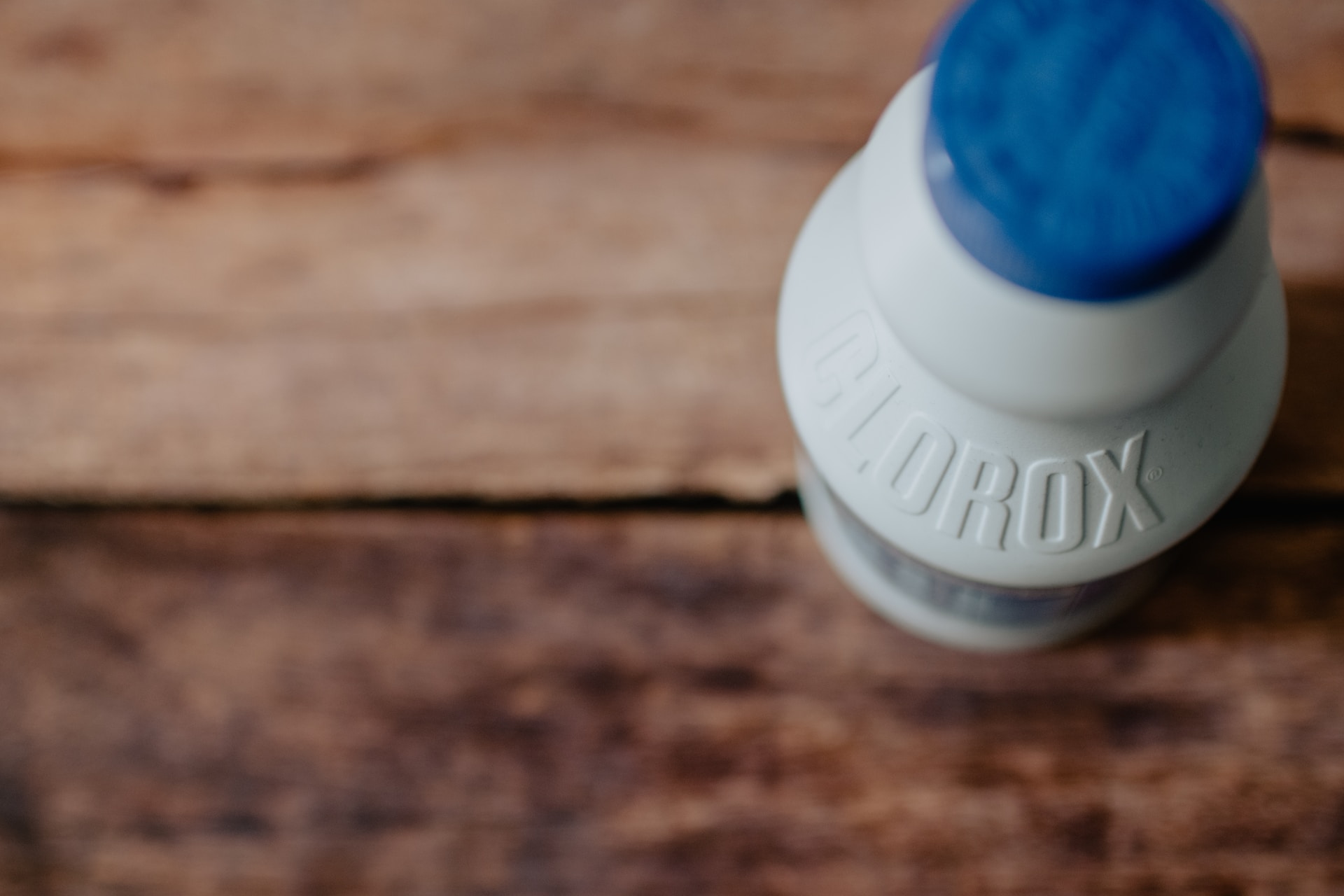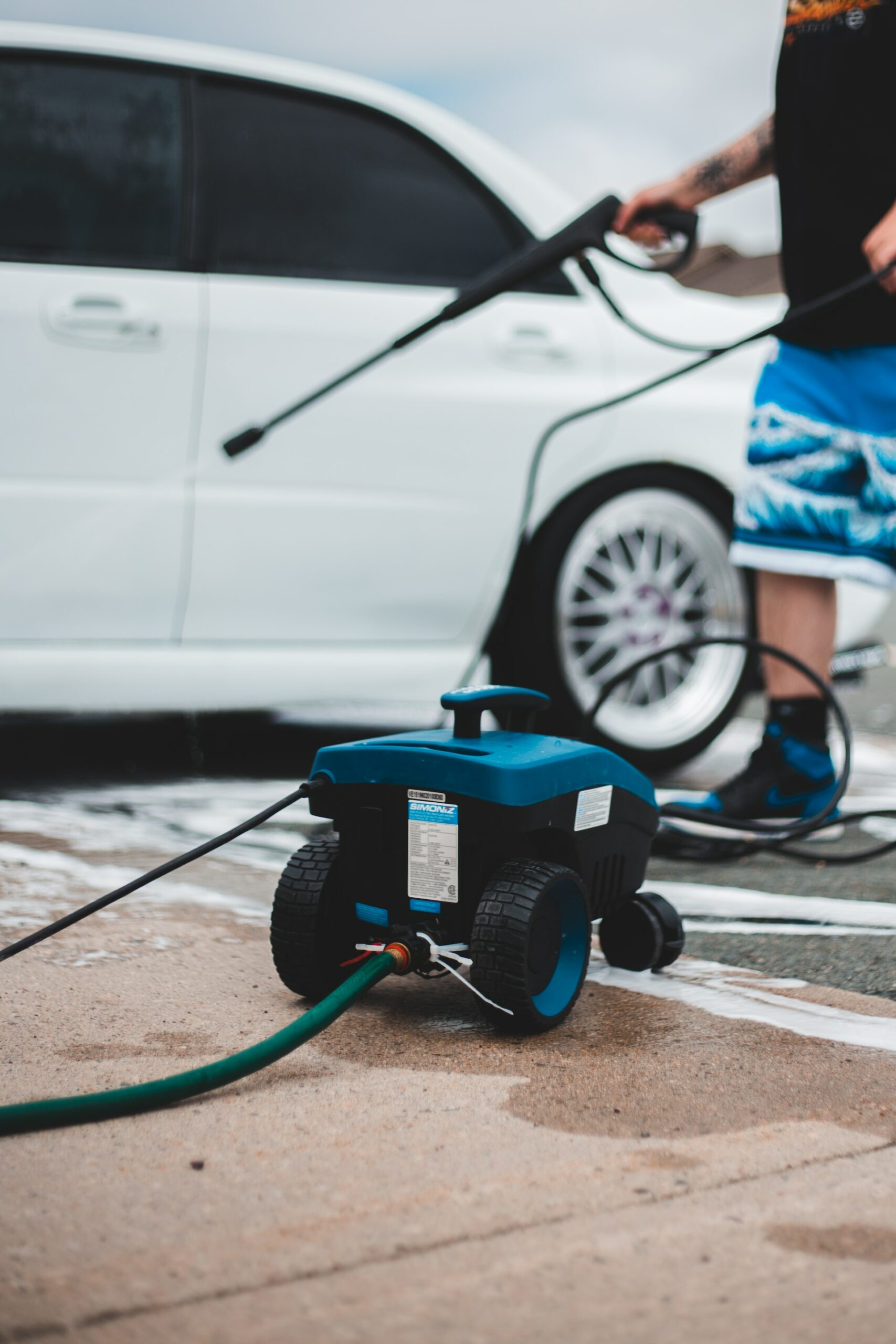Ever wonder what those chalky white splotches on your basement walls are? If your walls are concrete or stone, there’s a good chance that what you’re seeing is efflorescence. While not dangerous by itself, this buildup should be removed before it causes issues beyond an unsightly plaque. Before you start scrubbing away, let’s first explore a little more about what efflorescence is, how to prevent it, and how to deal with it when it crops up.
What is Efflorescence and What Causes It?
Efflorescence is the dissolved salt left behind from evaporated water. Efflorescence usually forms when moisture gets into salt-containing materials such as stone, concrete, brick, and even some metals, leaches the salt from those materials, brings them to the surface, and evaporates. What’s left is a film of salt that can be white, pale yellow, or even sometimes blue.
Efflorescence comes in two forms: primary and secondary. Primary efflorescence is when moisture already exists within the material and comes to the surface to evaporate later. An example of this is in masonry mortar when moisture pushes salt out that isn’t already part of the stone. Secondary efflorescence is the opposite, with salt-laden water getting into a porous surface and mixing with the surface material. While primary efflorescence is mostly an aesthetic issue, secondary efflorescence eats away at the materials it settles on, weakening the structure much like tooth decay or osteoporosis.
How Can You Prevent Efflorescence?
Primary efflorescence can start long before building something. For example, if materials are left on the ground, exposed to the elements, or if mortar mixtures contain too much liquid, water (and salts dissolved in it) will eventually push out to the surface and evaporate. This can be prevented by keeping materials dry and using a fatty acid or other hydrophobic substance in the mortar.
Secondary efflorescence forms after something is built with salts leeching into the surface that aren’t already present in the material — think road salt dissolving into a concrete driveway. These external salts dissolve and recombine with the stone, further weakening the structure and causing more holes to speed up the process over time. Like primary efflorescence, secondary efflorescence can be avoided by using a calcium stearate dispersion (CSD) or other hydrophobic solutions when mixing the cement, concrete, or mortar. This renders the set mixture water repellent.
Hydrophobic sealants can also be applied to the surface to prevent further efflorescence though this isn’t a permanent solution. Sealants and the surfaces they’re applied to can still wear over time, so it’s crucial to inspect these surfaces regularly if any efflorescence does form.
How To Remove Efflorescence
So what if your preventative measures fail? Since efflorescence occurs wherever there’s moisture, the first step is to address where the water is coming from if you can — for instance, a leaky pipe in the basement or an especially moist corner near your laundry machines.
You can then use a pressure washer (or a spray bottle and stiff brush if that’s impractical) to clean the area, removing any dirt, grime, and loose bits of efflorescence from the surface. After that, you can use anti-efflorescence cleaning chemicals such as phosphoric acid or even diluted vinegar to re-dissolve the salts and pull them off the surface. Let the cleaning chemicals sit for a few minutes to absorb the efflorescence, then rinse thoroughly with water and dry the surface well. That last step is crucial because if you don’t dry the material properly, it’ll just start the efflorescence cycle all over again.
To help make this process easier, you should also be cleaning in warm, dry weather to help keep the material dry. You can then apply a sealant to keep water from getting back into the surface with even greater impact.
Say Goodbye to Efflorescence for Good
Even with adequate preventative precautions and a deep clean, efflorescence is a natural part of a stone structure’s lifecycle. By applying the tips above, you can at least slow the cycle down, keeping efflorescence from forming as quickly and addressing it effectively when it does. While you can do this on your own, you can always talk with a professional to do it for you. This way, you can have peace of mind without stone pieces of your house falling off.


